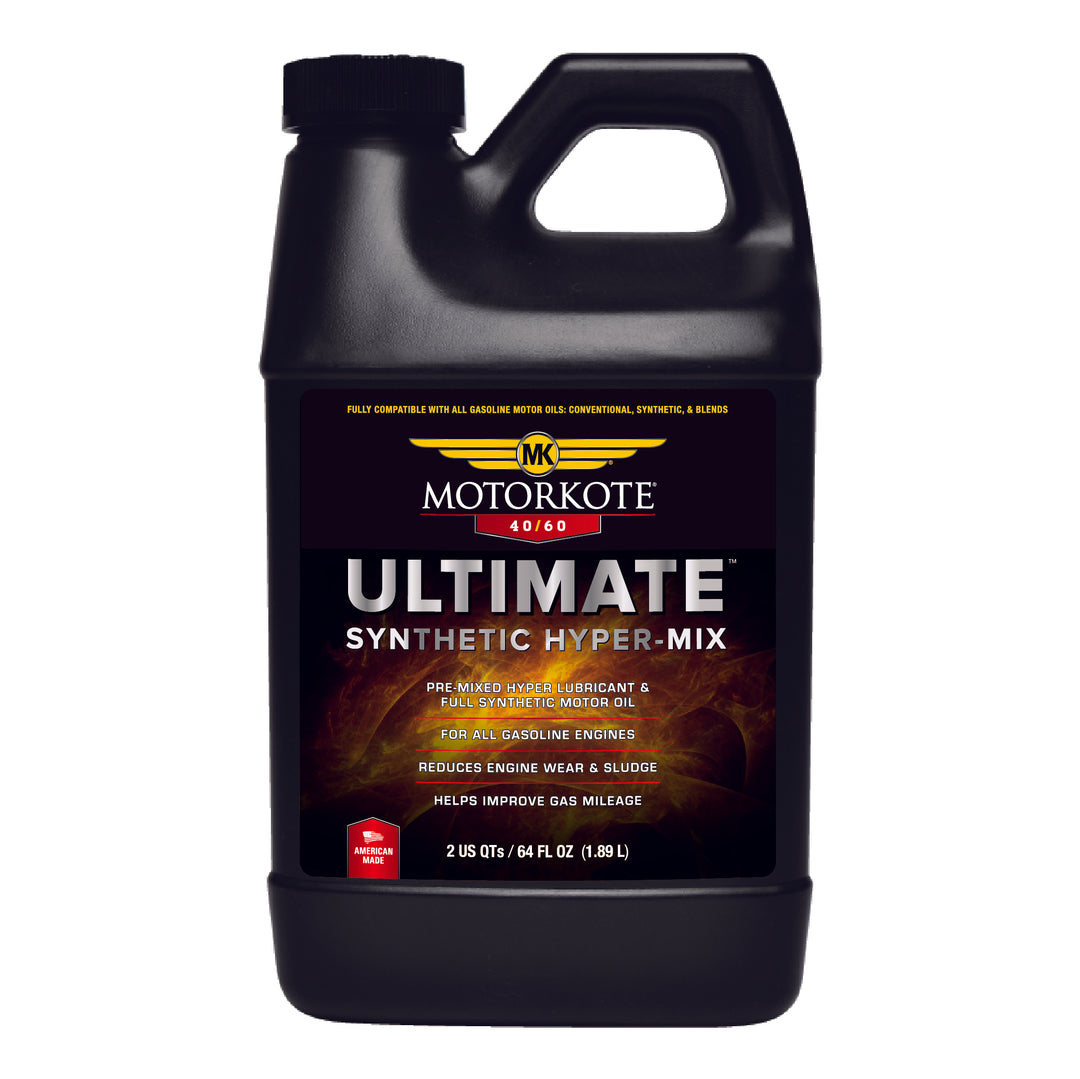Discover and Bank of America are two well-known financial institutions that offer a wide range of credit cards to meet the diverse needs of consumers. Both companies have established themselves as leaders in the credit card industry, providing customers with various rewards and benefits. In this article, we will explore the features and advantages of Discover and Bank of America credit cards, including cashback options, annual fees and interest rates, sign-up bonuses and introductory offers, credit limits and credit score requirements, customer service, and online account management, as well as a comparison of travel rewards and balance transfer options. By the end of this article, you will have a comprehensive understanding of the similarities and differences between Discover and Bank of America credit cards, enabling you to make an informed decision when choosing the right card for your needs.
Photo by 'Van Tay Media' on Unsplash.com
Key Takeaways
Discover credit cards offer higher cashback rewards compared to Bank of America credit cards.
Bank of America credit cards have more travel rewards options than Discover credit cards.
Both Discover and Bank of America credit cards have no annual fees.
Discover credit cards have lower interest rates compared to Bank of America credit cards.
Bank of America credit cards have better sign-up bonuses and introductory offers than Discover credit cards.
Rewards and benefits
Discover credit cards are known for their generous rewards programs and benefits. With Discover, cardholders can earn cashback on every purchase they make. The Discover It Cash Back card offers 5% cashback on rotating categories that change every quarter, such as gas stations, grocery stores, restaurants, and more. Additionally, Discover offers a unique feature called Cashback Match, where they will match all the cashback earned in the first year for new cardmembers. This can result in significant savings for those who maximize their cashback earnings.
On the other hand, Bank of America credit cards also provide attractive rewards and benefits. The Bank of America Cash Rewards card allows cardholders to earn cashback on everyday purchases, with 3% cashback on a category of their choice (such as gas, online shopping, dining, travel, drug stores, or home improvement/furnishings) and 2% cashback at grocery stores and wholesale clubs. Furthermore, Bank of America offers additional rewards for customers who have a banking relationship with them through their Preferred Rewards program. This program provides increased cashback percentages and other benefits based on the customer's combined balances in eligible Bank of America accounts.
Cashback Options
Discover credit cards offer a variety of cashback options to suit different spending habits. In addition to the 5% cashback on rotating categories, Discover also provides 1% cashback on all other purchases. Cardholders can redeem their cashback for statement credits, direct deposits into their bank accounts, or even use it to pay for purchases on Amazon.com. Discover also offers a unique feature called Cash at Checkout, which allows cardholders to redeem their cashback instantly at select retailers.
Bank of America credit cards also offer cashback options, allowing cardholders to earn rewards for their everyday spending. With the Bank of America Cash Rewards card, customers can choose their preferred category for 3% cashback and earn 2% cashback at grocery stores and wholesale clubs. The Bank of America Travel Rewards card offers unlimited 1.5 points per dollar spent on all purchases, which can be redeemed for statement credits towards travel expenses.
Annual Fees and Interest Rates
When considering credit cards, it is important to take into account the annual fees and interest rates associated with each card. Discover credit cards are known for their no-annual fee policy, making them an attractive option for those looking to avoid additional costs. Additionally, Discover offers a 0% introductory APR on purchases and balance transfers for a certain period of time, which can be beneficial for those looking to make large purchases or transfer balances from higher interest rate cards.
Bank of America credit cards may have annual fees, depending on the specific card and rewards program chosen. However, some Bank of America cards offer no-annual-fee options as well. It is important to carefully review the terms and conditions of each card to determine if an annual fee applies. In terms of interest rates, Bank of America credit cards typically have variable APRs that are based on the cardholder's creditworthiness.
Sign-up bonuses and introductory offers
Both Discover and Bank of America credit cards offer sign-up bonuses and introductory offers to attract new customers. Discover often provides a cashback match for new cardmembers, as mentioned earlier, which can be a significant bonus for those who maximize their cashback earnings in the first year. This can result in substantial savings and rewards for new Discover cardholders.
Bank of America also offers sign-up bonuses and introductory offers on select credit cards. For example, the Bank of America Travel Rewards card often provides a bonus offer of a certain number of points after spending a certain amount within the first few months of account opening. These points can be redeemed for statement credits towards travel expenses, making them a valuable incentive for frequent travelers.
Credit Limits and Credit Score Requirements
Credit limits and credit score requirements are important factors to consider when applying for a credit card. Discover credit cards typically have varying credit limits based on the applicant's creditworthiness. Discover is known for providing credit limit increases for responsible cardholders over time, allowing them to potentially access higher credit limits as their credit history improves.
Bank of America credit cards also have varying credit limits based on the applicant's creditworthiness. Additionally, Bank of America takes into consideration the customer's relationship with the bank when determining credit limits. Customers who have a banking relationship with Bank of America through checking, savings, or investment accounts may have access to higher credit limits.
Customer service and online account management
Discover and Bank of America both prioritize customer service and provide convenient online account management options for their credit cardholders. Discover offers 24/7 customer service support via phone, email, or online chat, ensuring that cardholders can easily reach out for assistance whenever needed. Discover also provides a user-friendly online portal and mobile app, allowing cardholders to manage their accounts, view transactions, make payments, and redeem rewards with ease.
Bank of America also offers 24/7 customer service support via phone, email, or online chat. In addition, Bank of America provides a robust online banking platform and mobile app that allow cardholders to manage their accounts, track spending, set up alerts, and make payments conveniently. Bank of America's online banking platform also integrates with other banking services offered by the institution, providing a seamless experience for customers who have multiple accounts with the bank.
Comparison of Travel Rewards
When it comes to travel rewards, both Discover and Bank of America credit cards offer options for earning and redeeming rewards. Discover offers the Discover It Miles card, which allows cardholders to earn unlimited 1.5 miles per dollar spent on all purchases. These miles can be redeemed as statement credits towards travel expenses, making it a flexible option for those who frequently travel.
Bank of America offers the Bank of America Travel Rewards card, which provides unlimited 1.5 points per dollar spent on all purchases. These points can be redeemed for statement credits towards travel expenses, including flights, hotels, car rentals, and more. Additionally, Bank of America has partnerships with various travel loyalty programs, allowing cardholders to transfer their points to these programs for even greater value.
Comparison of Balance Transfers
For those looking to consolidate their credit card debt or take advantage of lower interest rates, balance transfer options are an important consideration. Discover credit cards often provide an introductory 0% APR on balance transfers for a certain period of time. This can be beneficial for those looking to save on interest charges while paying off their existing credit card debt.
Bank of America credit cards also offer balance transfer options with an introductory 0% APR for a specific period of time. However, it is important to note that balance transfers may be subject to a balance transfer fee, which is typically a percentage of the transferred amount. It is essential to review the terms and conditions of each card to understand the specific fees and limitations associated with balance transfers.
Conclusion and Recommendation
In conclusion, both Discover and Bank of America credit cards offer a range of rewards and benefits to suit different spending habits and financial goals. Discover credit cards are known for their generous cashback rewards, no-annual fee policy, and customer-friendly features such as Cashback Match and Cash at Checkout. On the other hand, Bank of America credit cards provide attractive rewards, including increased cashback percentages for customers with a banking relationship through their Preferred Rewards program.
When choosing between Discover and Bank of America credit cards, it is important to consider your individual needs and preferences. If you prioritize cashback rewards and a no-annual fee policy, Discover credit cards may be a better option for you. However, if you have a banking relationship with Bank of America or prefer a card that offers increased rewards based on your combined balances, Bank of America credit cards may be more suitable.
Ultimately, the choice between Discover and Bank of America credit cards depends on your personal financial situation and spending habits. It is recommended to carefully review the terms and conditions of each card, compare the rewards and benefits offered, and consider how they align with your financial goals before making a decision.





 May 04, 2024
May 04, 2024
 David Ray
David Ray


















